When it comes to powering RC trucks and cars, one of the most important components to consider is the battery. While there are several types of batteries available, LiPo (Lithium Polymer) batteries have become the go-to power source for most serious RC enthusiasts. Whether you’re a beginner or a seasoned hobbyist, understanding LiPo batteries can make a huge difference in your RC experience.
In this guide, we'll break down everything you need to know about LiPo batteries—what they are, how they work, and how to get the best performance and longevity out of them.
What is a LiPo Battery?
A LiPo battery is a type of rechargeable battery that uses a polymer electrolyte instead of a liquid electrolyte. This makes LiPo batteries more lightweight and flexible compared to other battery types like NiMH (Nickel-Metal Hydride) or Li-ion (Lithium-ion) batteries. LiPo batteries are commonly used in RC applications due to their high energy density, long runtime, and relatively light weight, which is crucial for maintaining the performance of your RC vehicle.
Why Choose LiPo Batteries for RC Trucks and Cars?
-
Higher Power Output
LiPo batteries deliver high voltage and high discharge rates, which translates to more power for your RC car or truck. This is especially important for performance-driven applications like racing or off-roading, where your vehicle needs consistent and reliable power. -
Lightweight and Compact
LiPo batteries are generally lighter and more compact than their NiMH counterparts, which allows for a more balanced and responsive RC vehicle. This weight savings is crucial for improving acceleration, handling, and overall speed. -
Longer Run Time
Compared to NiMH batteries, LiPo batteries typically offer a longer runtime. This is because LiPo batteries can store more energy in a smaller, lighter package. The longer your battery lasts, the more time you’ll spend enjoying your RC hobby without interruptions. -
Fast Charging
LiPo batteries can be charged quickly, typically within 1–2 hours, depending on the charger and the battery's capacity. Fast charging means more playtime and less downtime for your RC adventures.
How to Choose the Right LiPo Battery for Your RC Truck or Car
Selecting the right LiPo battery for your RC vehicle depends on a few key factors:
-
Voltage (V) Rating
The voltage of a LiPo battery affects the speed and performance of your RC truck or car. Most RC vehicles run on 2S (7.4V) or 3S (11.1V) batteries, but higher-performance models may use 4S (14.8V) or even 6S (22.2V) batteries. When choosing a LiPo battery, check your vehicle's specifications to determine the appropriate voltage. -
Capacity (mAh)
The capacity of a LiPo battery is measured in milliamp-hours (mAh) and indicates how much energy the battery can store. A higher mAh rating means longer run times. For example, a 5000mAh battery will run your RC car for a longer period than a 3000mAh battery, assuming both are the same voltage. -
Discharge Rate (C Rating)
The "C" rating on a LiPo battery indicates its maximum safe discharge rate. This is important for determining how much current your RC motor can draw from the battery without damaging it. A higher C rating means the battery can provide more power to the motor without overheating or suffering performance degradation.Example:
- A 5000mAh battery with a 30C rating can safely discharge at 30 x 5 = 150 amps.
- A 5000mAh battery with a 50C rating can discharge at 50 x 5 = 250 amps.
When choosing a battery, match the C rating to the demands of your RC vehicle. High-performance motors and ESCs (electronic speed controllers) typically require higher C ratings.
-
Physical Size and Connector Type
Make sure the LiPo battery fits in your RC vehicle’s battery compartment. RC batteries come in various sizes, so you’ll want to check the dimensions of the battery and compare them to your vehicle’s available space. Additionally, make sure the battery’s connector matches your vehicle's setup. The most common connectors include Deans (T-plug), XT60, and EC3.
How to Maintain and Care for Your LiPo Battery
Proper maintenance and care are crucial for maximizing the lifespan and performance of your LiPo battery. Here are some essential tips:
-
Never Overcharge or Overdischarge
Overcharging or discharging a LiPo battery can lead to permanent damage or even dangerous situations like fire or explosion. Always use a charger specifically designed for LiPo batteries, and never charge above the recommended voltage (usually 4.2V per cell). Similarly, do not discharge the battery below 3.0V per cell. -
Use a LiPo-Specific Charger
LiPo batteries require a special type of charger to ensure safe and efficient charging. Always use a charger that is rated for LiPo batteries, and never leave your battery unattended while charging. -
Store Your Batteries Properly
When you're not using your LiPo batteries, store them in a cool, dry place. It’s recommended to store them at about 50-60% charge if you’re not going to use them for an extended period. This helps prevent capacity loss and extends the battery’s overall lifespan. -
Charge in a LiPo Sack
Safety first! LiPo batteries should be charged inside a LiPo safe bag, which is designed to contain potential fires or leaks. These bags are fire-resistant and can minimize damage in case something goes wrong. -
Inspect Before Use
Before you install a LiPo battery in your RC vehicle, inspect it for any signs of damage. Look for dents, tears, or swelling, as these are indicators of a compromised battery that should not be used.
Common LiPo Battery Issues and Troubleshooting
Even with proper care, sometimes issues can arise. Here are a few common LiPo battery problems and how to troubleshoot them:
-
Short Run Time
If you’re experiencing short run times, it could be due to a low mAh rating or an old, degraded battery. Consider upgrading to a higher-capacity battery or replacing an old one. -
Battery Not Holding a Charge
LiPo batteries have a limited lifespan, typically 300–500 charge cycles. If your battery is not holding a charge or has a significantly reduced runtime, it may be time for a replacement. -
Overheating
If your battery gets too hot during use or charging, it could indicate an issue with the battery, charger, or the RC vehicle's power system. Avoid using an overheated battery and check for any malfunctioning components.
Conclusion
LiPo batteries are a fantastic choice for RC trucks and cars due to their lightweight, high-power capabilities. By understanding how they work and how to properly maintain them, you can maximize your RC experience, increase performance, and ensure your batteries last for many seasons of fun. Just remember to always prioritize safety when charging and storing LiPo batteries to keep your hobby enjoyable and risk-free.
Are you ready to power up your RC adventures? With the right LiPo battery, you’ll be able to experience your RC vehicle’s full potential and take your hobby to the next level. Happy driving!
Lightning Round: LiPo Battery FAQs for RC Vehicles
-
What is a LiPo battery?
A LiPo (Lithium Polymer) battery is a type of rechargeable battery that uses a polymer electrolyte instead of a liquid electrolyte, making it lightweight, flexible, and ideal for RC vehicles. It offers high energy density and is favored for its power output, long run time, and compact design. -
Why should I use a LiPo battery for my RC truck or car?
LiPo batteries are chosen for their high power output, long runtime, lightweight design, and quick charging capabilities, which make them perfect for performance-driven RC vehicles that require reliable, efficient power. -
How do I choose the right LiPo battery for my RC vehicle?
When selecting a LiPo battery, consider the voltage (V), capacity (mAh), discharge rate (C rating), and physical size. Ensure the battery’s specifications match the requirements of your vehicle, as well as the connector type (e.g., Deans, XT60). -
What voltage LiPo battery should I choose for my RC vehicle?
Voltage directly affects your RC vehicle's performance. Common choices are 2S (7.4V), 3S (11.1V), and 4S (14.8V) batteries. Check your vehicle's specifications to determine the appropriate voltage for optimal performance. -
What does the "C rating" on a LiPo battery mean?
The "C rating" indicates the maximum safe discharge rate of the battery. A higher C rating means the battery can safely provide more power to your motor without overheating. For example, a 5000mAh battery with a 30C rating can safely discharge at 150A (30 x 5). -
How can I make my LiPo battery last longer?
To prolong your LiPo battery’s life, avoid overcharging (don’t exceed 4.2V per cell) or overdischarging (don’t go below 3.0V per cell). Always use a LiPo-specific charger, store batteries in a cool, dry place, and keep them at 50–60% charge if not in use for long periods. -
Can I use a LiPo battery with a NiMH charger?
No, LiPo batteries require a specific charger designed for them. NiMH chargers are not compatible with LiPo batteries, as they charge at a different rate and voltage, potentially causing damage or safety risks. -
How long does it take to charge a LiPo battery?
LiPo batteries typically charge within 1–2 hours, depending on the charger and battery capacity. Always monitor the charging process and never leave your battery unattended while charging. -
What is the lifespan of a LiPo battery?
A LiPo battery typically lasts 1–3 years or around 300–500 charge cycles with proper care. After that, it may lose its ability to hold a charge and need replacement. -
What should I do if my LiPo battery gets hot during use?
If your LiPo battery overheats during use or charging, stop using it immediately and allow it to cool down. Overheating can indicate a problem with the battery, charger, or your RC vehicle’s power system. -
Can I store LiPo batteries for long periods?
Yes, but proper storage is essential. Store your LiPo batteries in a cool, dry place and at around 50–60% charge if not in use. This helps prevent capacity loss and extends the battery’s lifespan. -
Can I charge my LiPo battery in any container?
It’s highly recommended to charge LiPo batteries in a LiPo-safe bag. These fire-resistant bags contain potential fires or leaks, providing an added layer of safety during charging. -
How do I know if my LiPo battery is damaged?
Inspect your LiPo battery for any swelling, tears, dents, or punctures. If you notice any of these signs, do not use the battery, as it may be compromised and could present a safety risk. -
Can I use any LiPo battery in my RC truck or car?
No, you must select a battery that matches the voltage, capacity, and connector type required by your RC vehicle. Always consult your vehicle’s manual to ensure compatibility. -
What happens if I overcharge my LiPo battery?
Overcharging a LiPo battery can cause it to overheat, swell, and potentially catch fire. Always monitor the charging process, use a charger designed for LiPo batteries, and follow recommended charging practices to avoid accidents. -
What should I do if my LiPo battery won’t hold a charge?
If your LiPo battery no longer holds a charge or has significantly reduced run time, it may be time to replace it. LiPo batteries have a finite lifespan, and their capacity diminishes with use. -
Is it safe to use a damaged LiPo battery?
No, using a damaged LiPo battery (e.g., one with visible swelling, punctures, or cracks) is dangerous. Such batteries can short-circuit, overheat, or even explode. Always replace damaged batteries immediately. -
What’s the difference between a 2S and a 3S LiPo battery?
A 2S LiPo battery has a voltage of 7.4V, while a 3S LiPo battery has a voltage of 11.1V. A 3S battery offers more power and higher performance, but make sure your RC vehicle can handle the additional voltage. -
How do I know if my RC vehicle needs a higher C rating battery?
If your vehicle has a high-performance motor or an ESC (electronic speed controller) that demands more power, you may need a higher C rating battery. Always match the battery’s C rating to the demands of your motor and ESC to avoid overheating. -
Can I use a LiPo battery that’s too large for my RC vehicle?
While you can use a larger LiPo battery, ensure it fits properly in your vehicle’s battery compartment. Using an oversized battery may throw off the vehicle’s balance or may not be compatible with the power connectors.




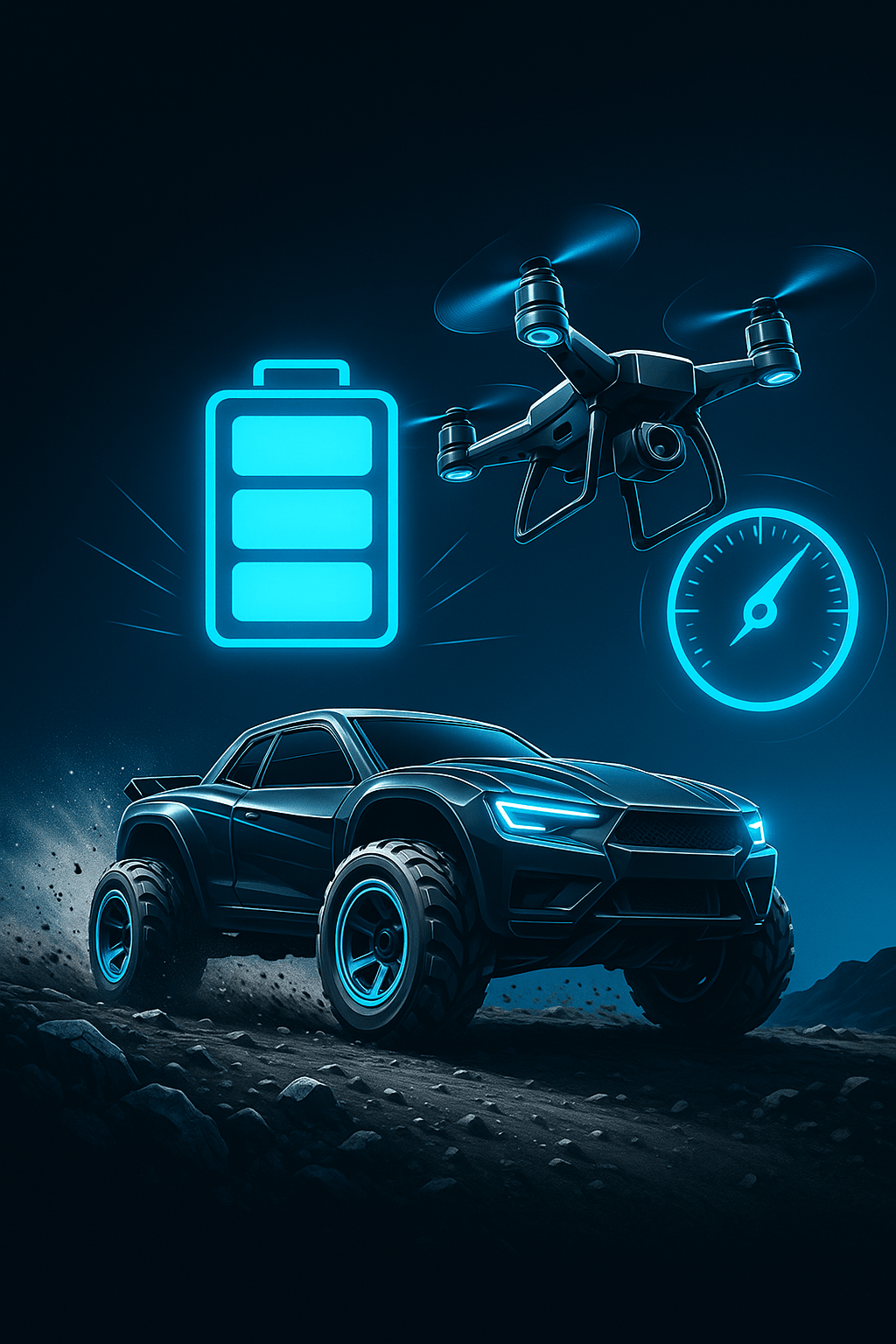
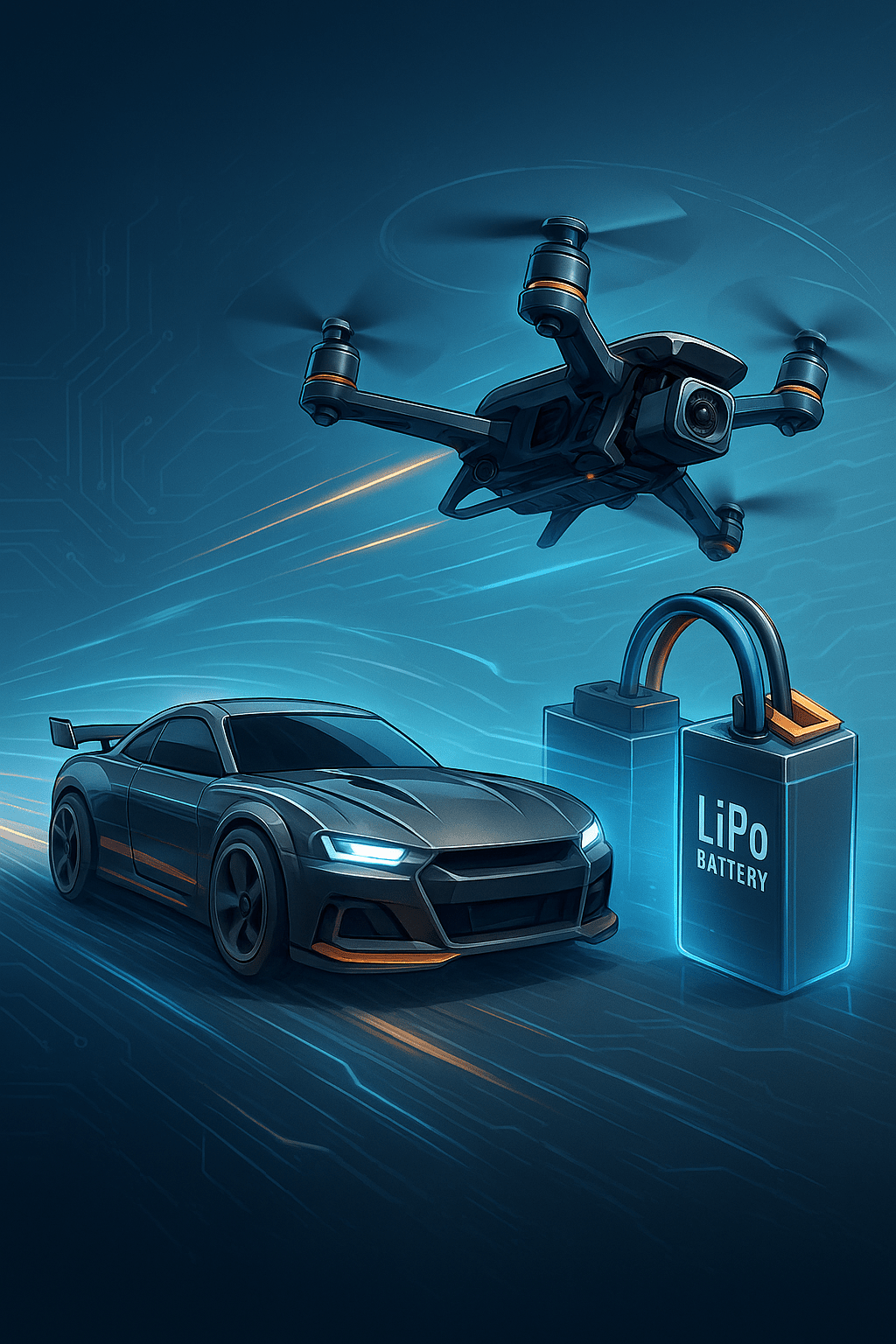
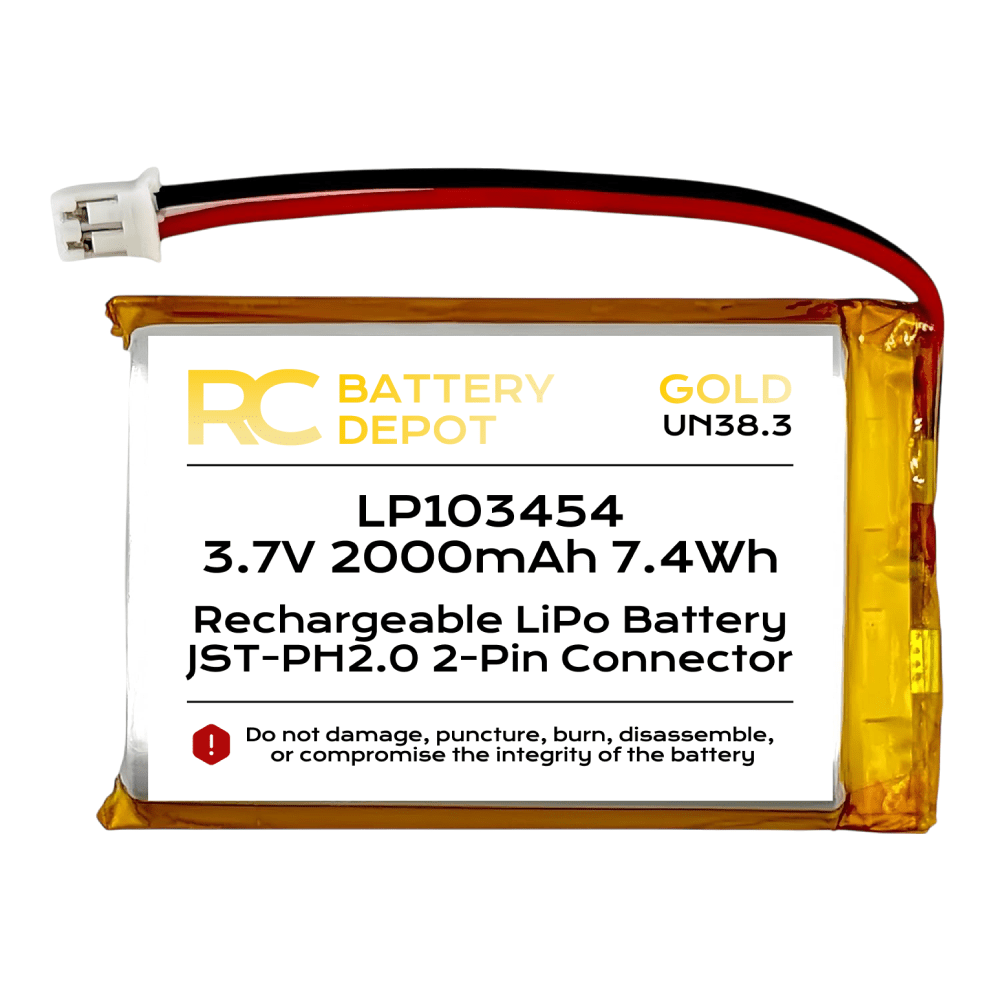
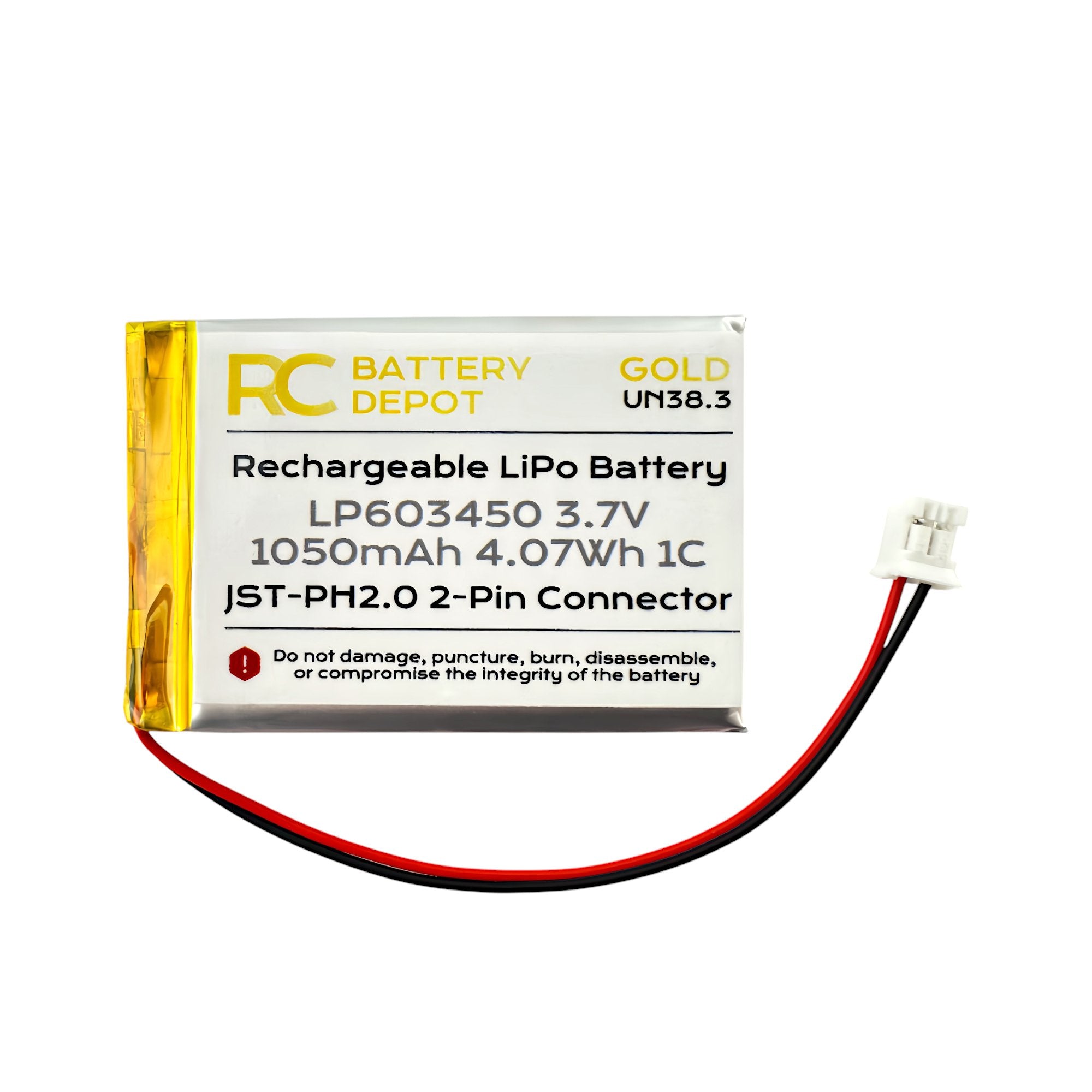

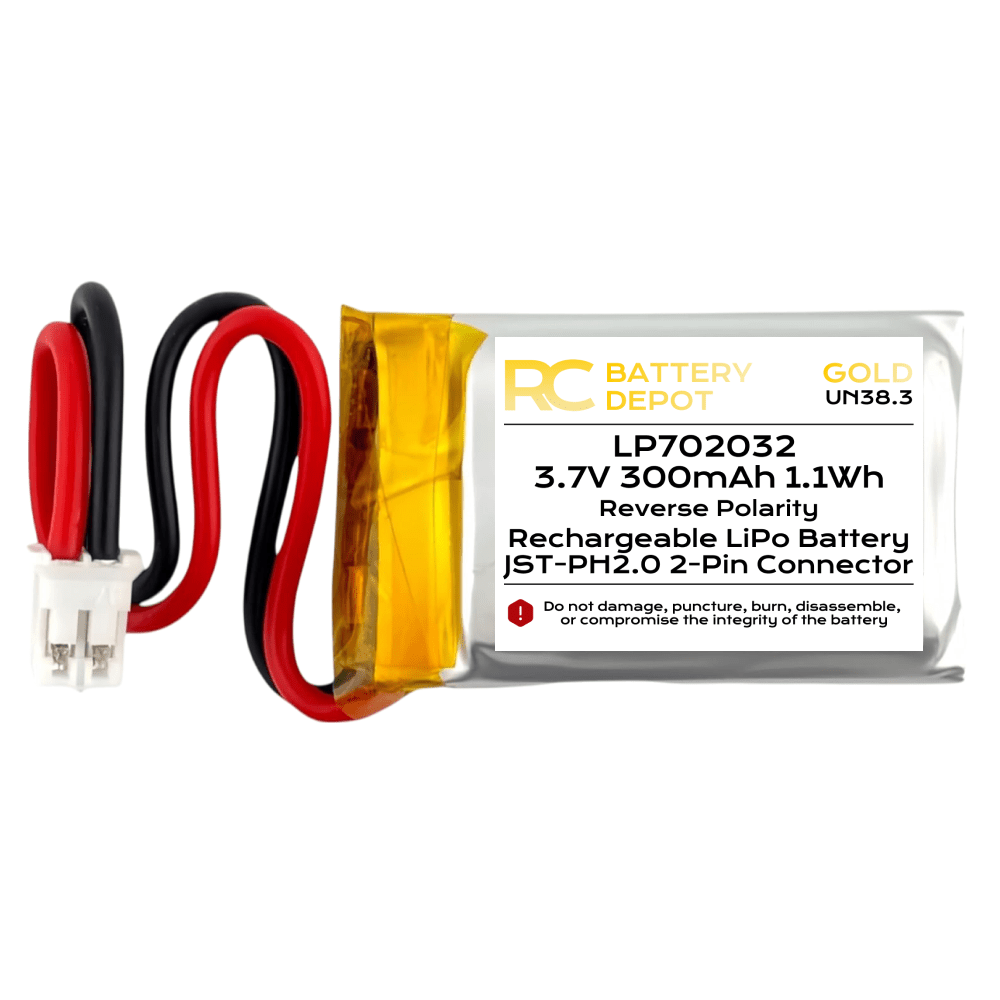
Share:
Understanding 11.1V LiPo Batteries for RC: Everything You Need to Know